Tartu, Estonia is a hidden gem of Northern Europe. Located two and a half hours southeast of Tallinn, this university town is often overlooked by tourists. But there are tons of fun things to do in Tartu! The Estonian National Museum is worth the drive alone, as it showcases the best of the country’s rich cultural heritage in a modern and interactive setting. History buffs will find plenty to tickle their fancy considering that Tartu is the oldest city in the Baltic States, while foodies will delight in the vibrant dining scene. My Tartu guide will help you plan the perfect weekend escape.
Tartu – originally called Dorpat – was first established in 1030, making it the oldest recorded city in the region. The Livonian Brothers of the Sword, an order of crusading German knights, took control in the early 1200s. By the end of the century, Dorpat was a prosperous member of the Hanseatic League of German traders. The city changed hands many times as the main powers – namely Sweden, the Polish-Lithuanian Commonwealth, and Muscovy – fought for dominance. In 1632 and under Swedish rule, the University of Tartu was founded, cementing the city’s reputation as a center of culture and learning. This was very nearly lost in 1704 when Peter the Great of Russia seized Dorpat from Sweden, then blew up all the buildings to eliminate any threat of future attack. That’s one way to win a war.
The “old town” we see today was built at the end of the 18th century, giving all the buildings an elegant and cohesive appearance. Most striking is the pretty-in-pink Town Hall. It’s hard to believe that its ornate green door once opened to the city jail! In front of Town Hall stands the Kissing Students fountain, a playful symbol of Tartu. According to local lore, two students embraced under a shared umbrella after being caught in a rain storm. The girl enjoyed the moment so much that she wished for it to last forever. Her wish was promptly granted and the young couple was turned to stone.
Just around the corner from Town Hall Square stands the prestegious University of Tartu, which was rebuilt in the early 1800s by Estonia’s Baltic German community; classes were taught in German until the end of the 19th century. Across the street from the imposing white facade of the main university building, Cafe Werner has been in operation since 1895. The splendid designs in the pastry cases draw one’s eye like models sashaying down a Fashion Week runway. I like to imagine that these colorful cakes have sparked many scientific discussions and romantic intrigues over the years.
Walk up the hill behind the university and you will come to Tartu’s Old Observatory. It began operations in 1810 under the leadership of Friedrich Georg Wilhelm Struve. This Danish astronomer measured the world’s longest meridian arc, now known as the Struve Geodetic Arc, and helped determine the Earth’s exact shape in the process. This scientific accomplishment was so monumental, the arc and its measurement points (there is another in nearby Latvia) have been included on the UNESCO World Heritage List.
The Old Observatory now forms part of the University of Tartu Museum along with Tartu Cathedral. Once the seat of the Bishop of Dorpat, the cathedral was built in the 13th century and destroyed three hundred years later during the Livonian War. While much of the medieval structure lies in ruins, its two towers have been rebuilt to hold museum exhibits and observation platforms. Next to the ruins stands a monument to Kristjan Jaak Peterson, the national poet of Estonia. His pride in his birth language is considered the reason why the University of Tartu began teaching classes in Estonian.
The cathedral and observatory are located within Toome Hill Park. Once the site of a medieval castle, the hill is one of the best spots to enjoy dazzling autumn foliage. In fact, it was the promise of this October display that inspired my trip. I was not disappointed!
Another of Tartu’s religious houses that’s worth a peek is St John’s Church. Built in the 14th century, this red brick structure miraculously survived Peter the Great’s demolition making it one of the oldest churches in Estonia. It boasts a rare collection of 1,000 terracotta sculptures dating to the Middle Ages. Most are currently undergoing restoration, but some are on display inside St John’s Church. There’s also a viewing platform in the bell tower, though note that it’s a challenging climb and the view is somewhat obstructed. The church is located on the same street as the highly rated Tartu Toy Museum. It supposedly has an impressive collection of Estonian dolls and traditional toys, but I didn’t go inside. Hashtag sorry not sorry. The online photos are terrifying! Vintage doll eyes really freak me out.
If you only have one night in Tartu, make it count. Chez Andre is arguably the best restaurant in town! The chef tantalizes his guests with artful combinations of classic and new flavors, like my beef brisket with caramel sauerkraut. (Seriously, who would think to put caramel in sauerkraut? A mad genius.) The dish hit just the right notes of savory and sweet, delighting my palate with every bite.
Another fantastic place to eat in Tartu is Spargel. This cozy restaurant, whose name means “asparagus” in Estonian, offers meals made from the finest seasonal ingredients. My roasted salmon with pea puree and poached egg was incredibly comforting on a chilly autumn evening.
One could easily spend an entire day exploring the fabulous Estonian National Museum. I could, anyway. The immersive displays take visitors on a journey through Estonia’s cultural and folk art traditions. Mannequins dressed in ethnic costumes dance next to collections of medieval weapons and 18th century musical instruments. Video of a medieval witch trial is so compelling it feels as though the courtroom footage is being live streamed. In another video, an elderly Estonian woman explains the significance of each component of her national dress and the proper way to wear it. A homemade lawn mower demonstrates the need for ingenuity during the Soviet Occupation when many parts were in short supply.
The sleek new museum design is called “Memory Field” and is located on the runway of a former Soviet military airport. There is an excellent cafe and gift shop onsite.
If you have more time in Tartu, I highly recommend taking a drive along Estonia’s “onion route.” Old Believers from Russia first settled along the shore of Lake Peipsi in the 17th century, and their villages appear frozen in time. The route gets its name from the onion-domed cathedrals central to the Russian Orthodox faith or, possibly, from the Peipsi onions grown by villagers. Either way, it’s an unforgettable drive! (You can find my guide to this fascinating part of the world here.)
PIN my Tartu guide for easy reference!
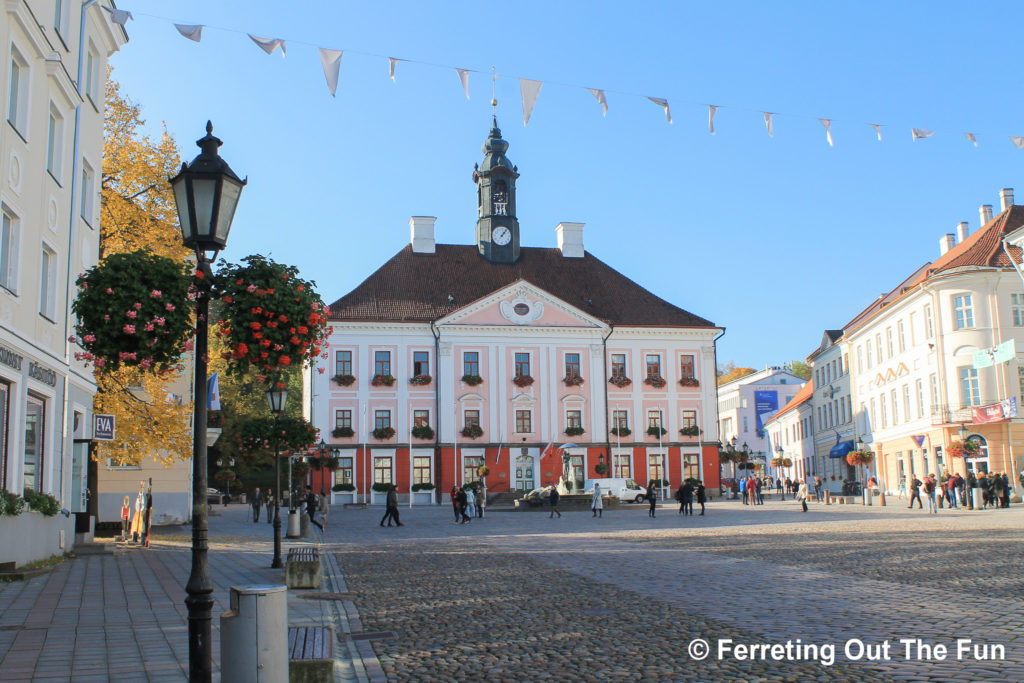
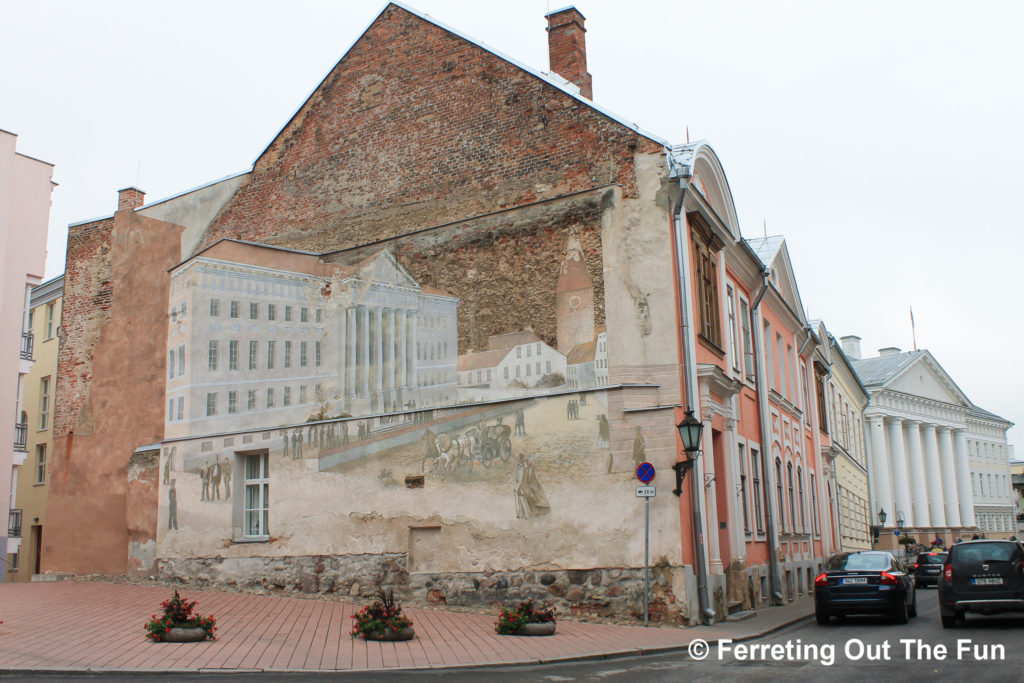
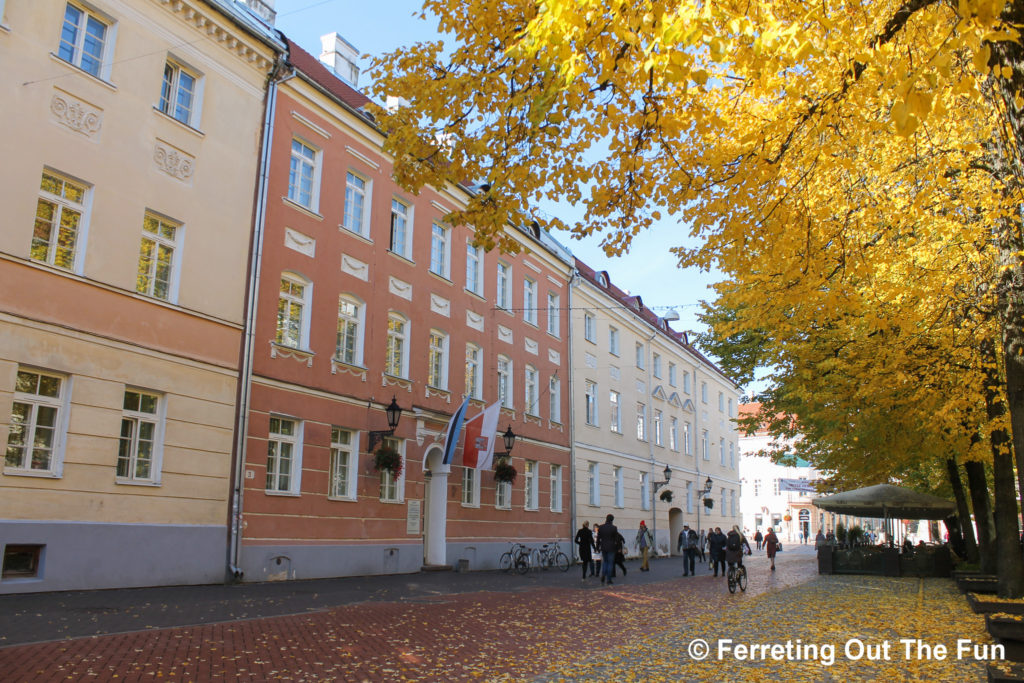
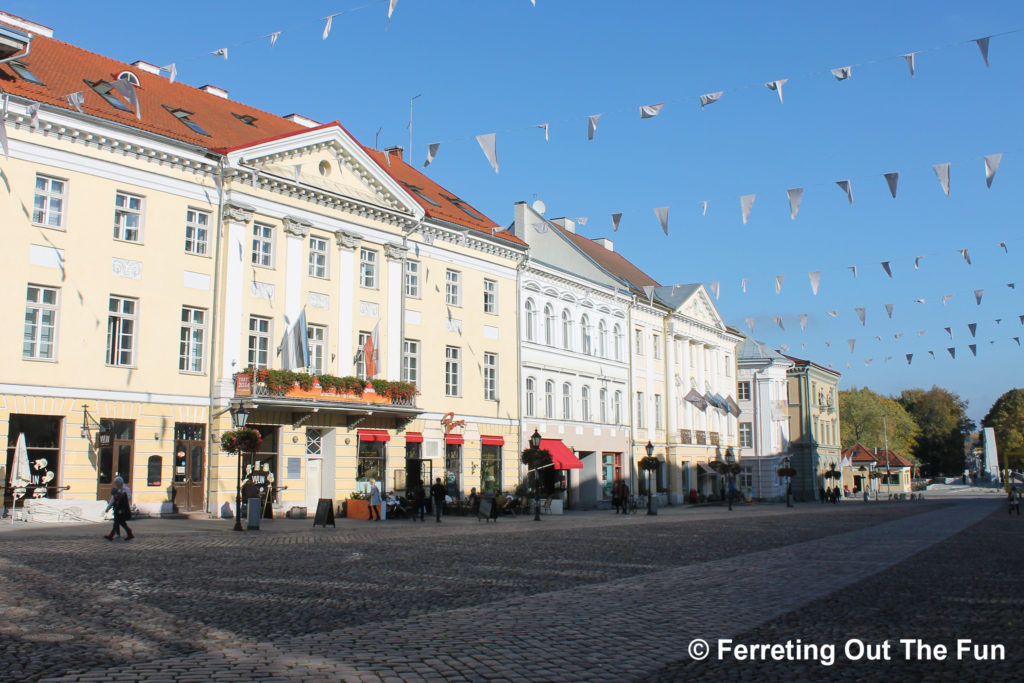
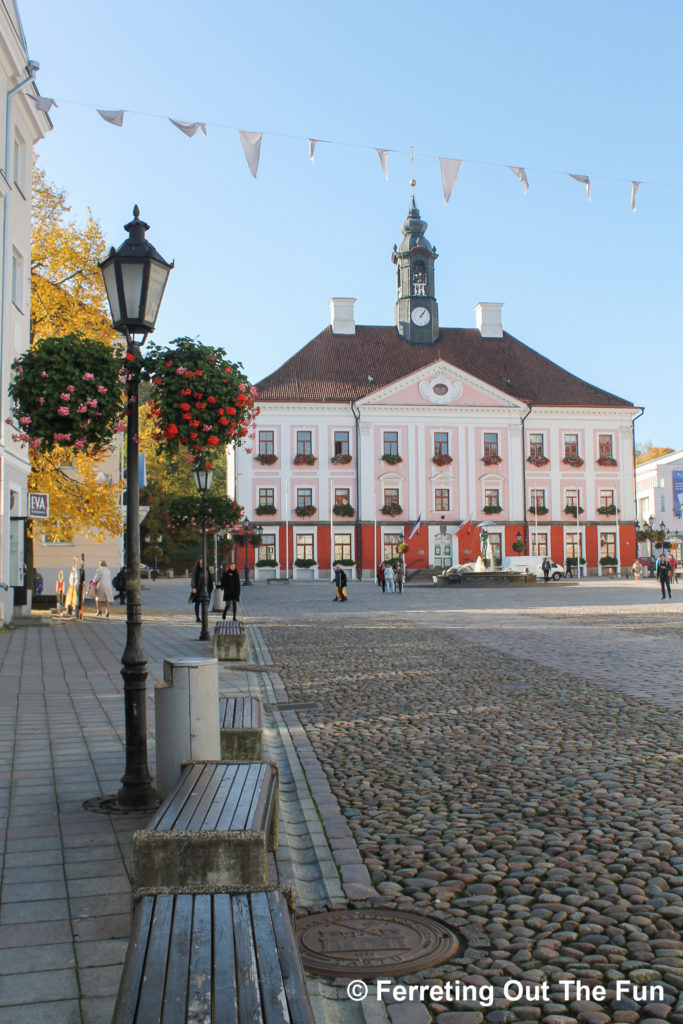
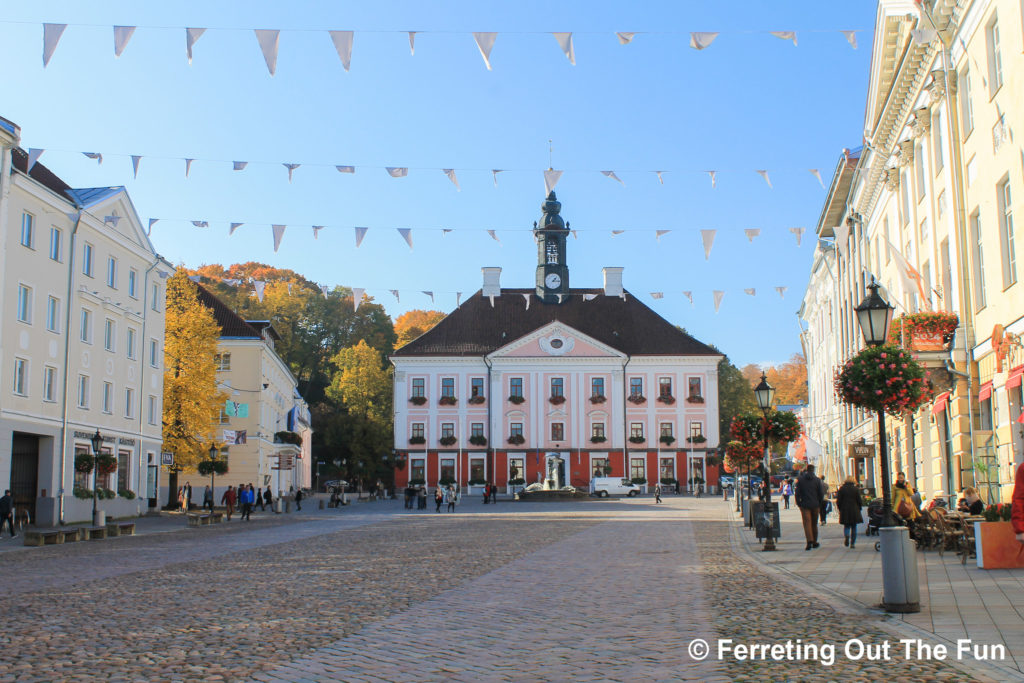
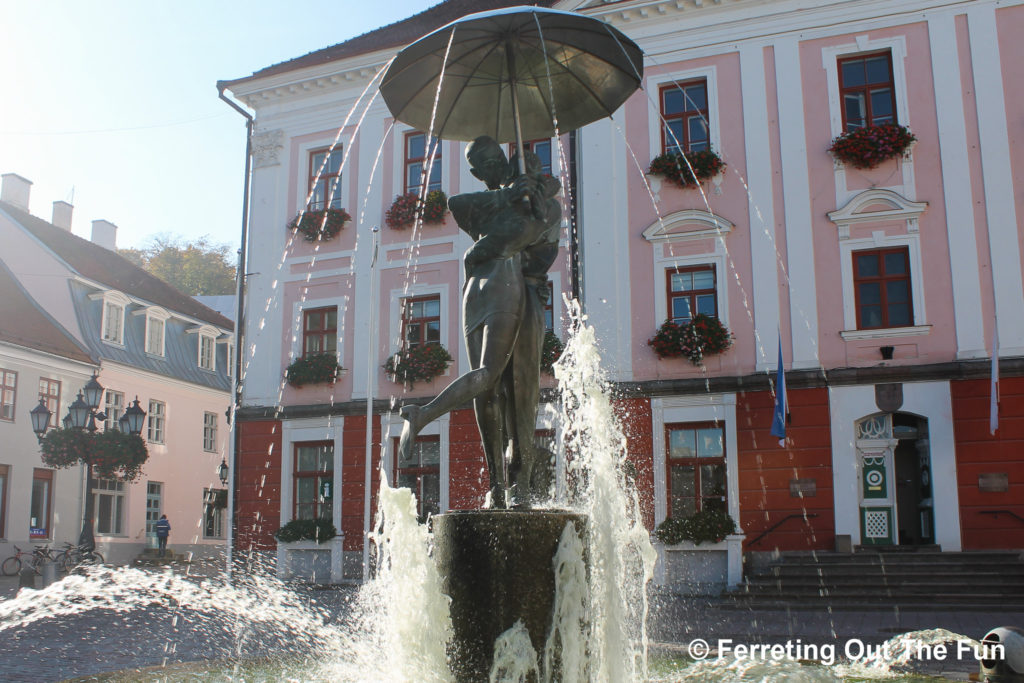
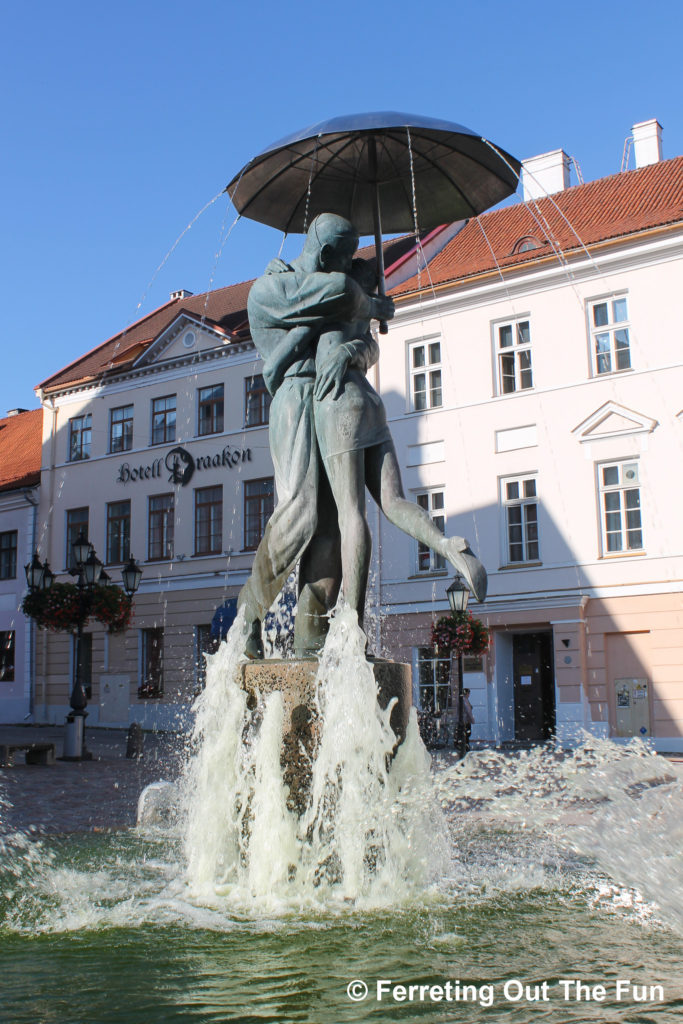
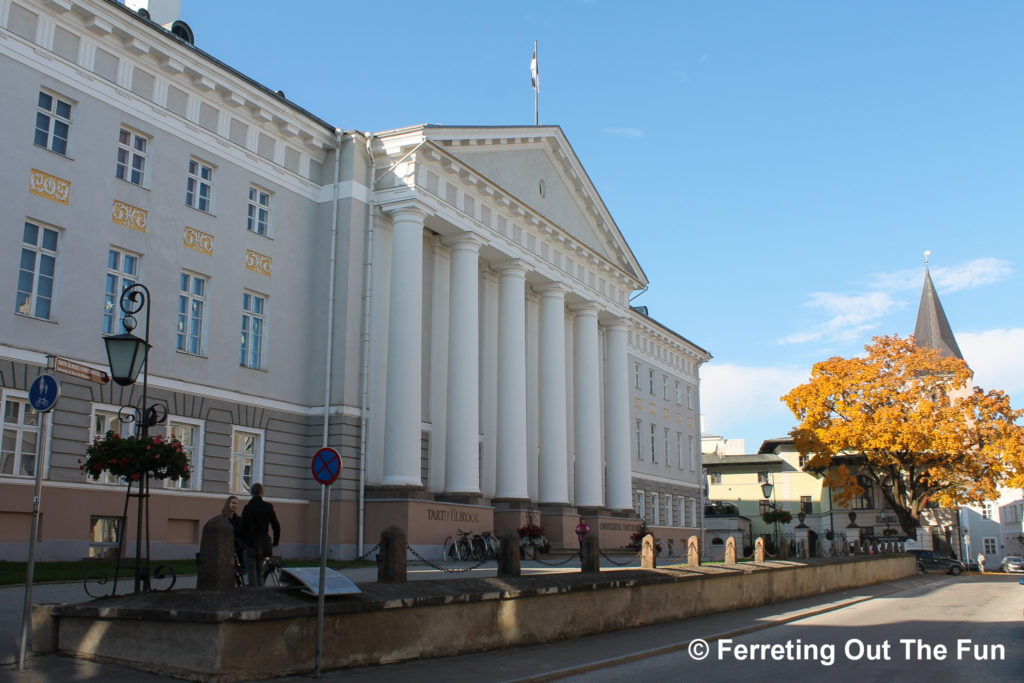
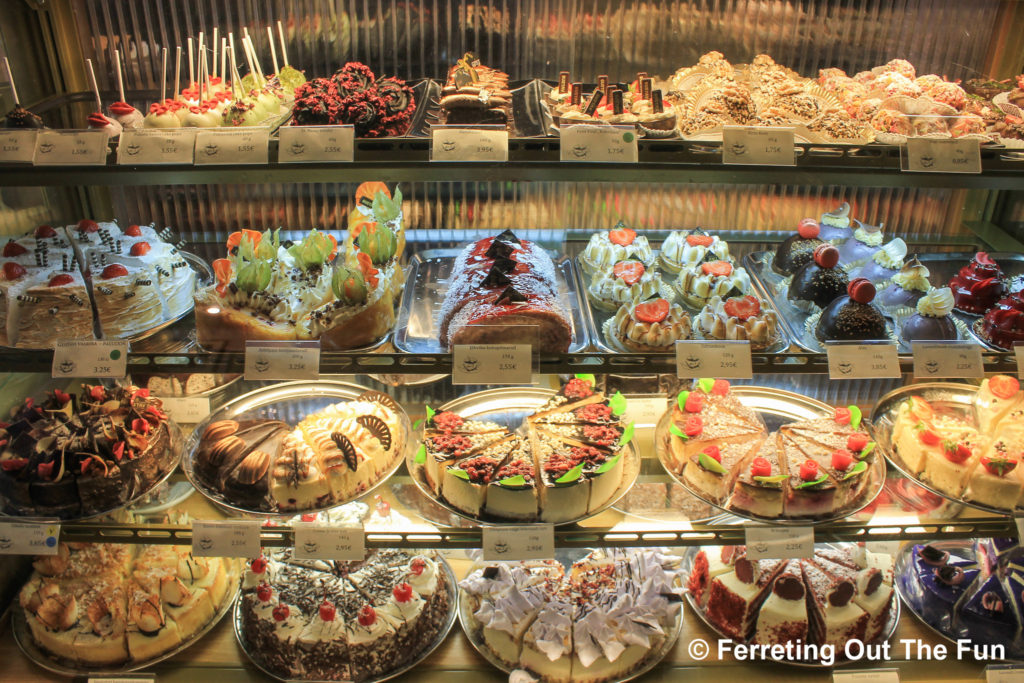
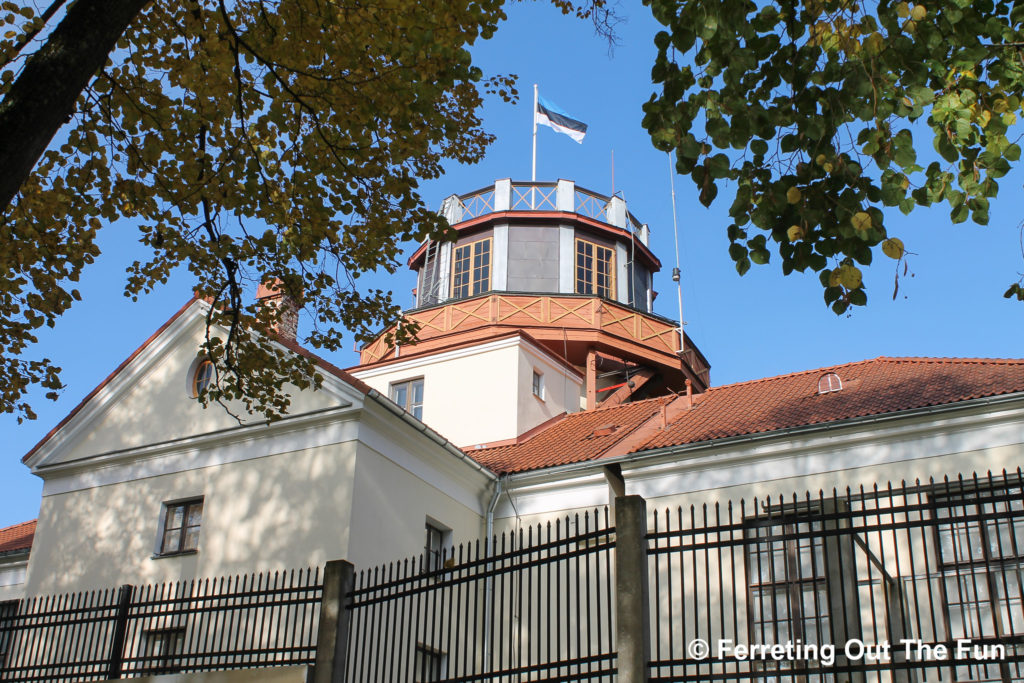
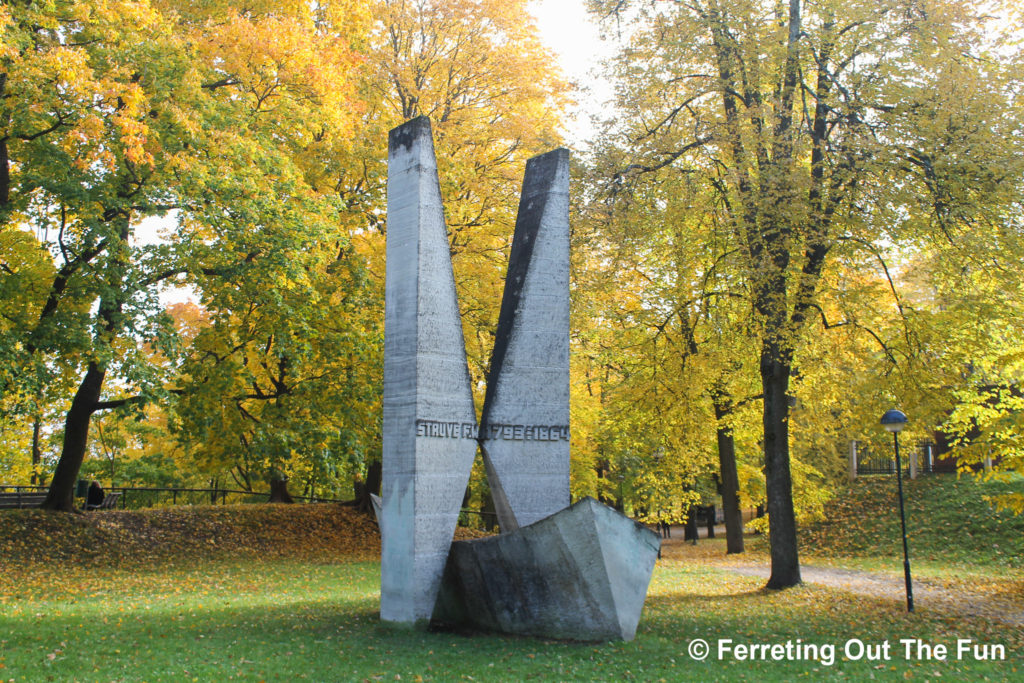
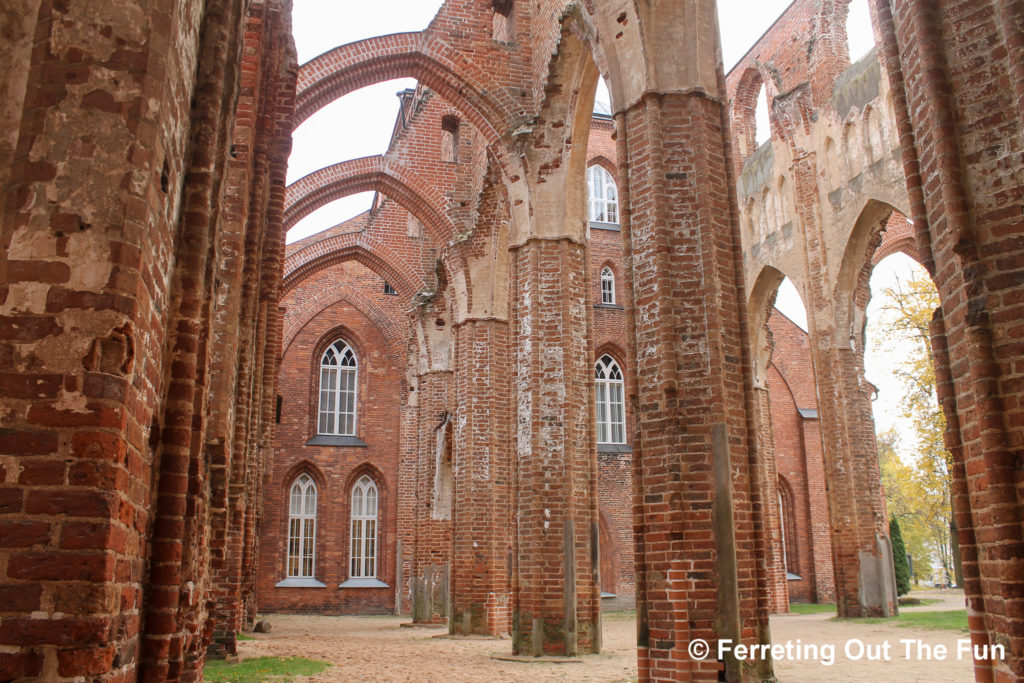
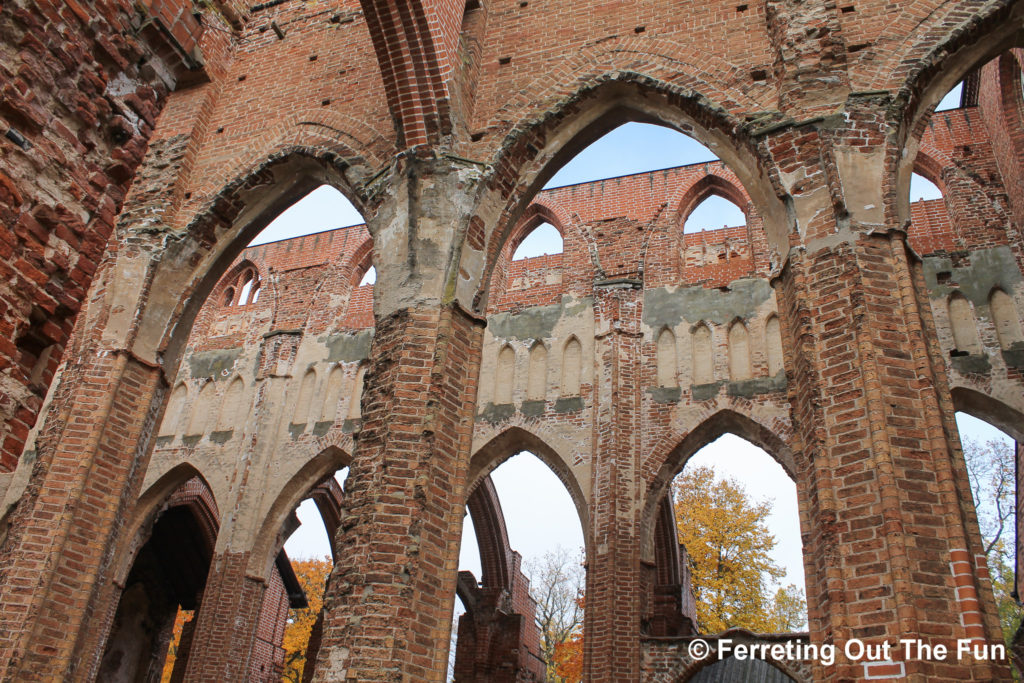
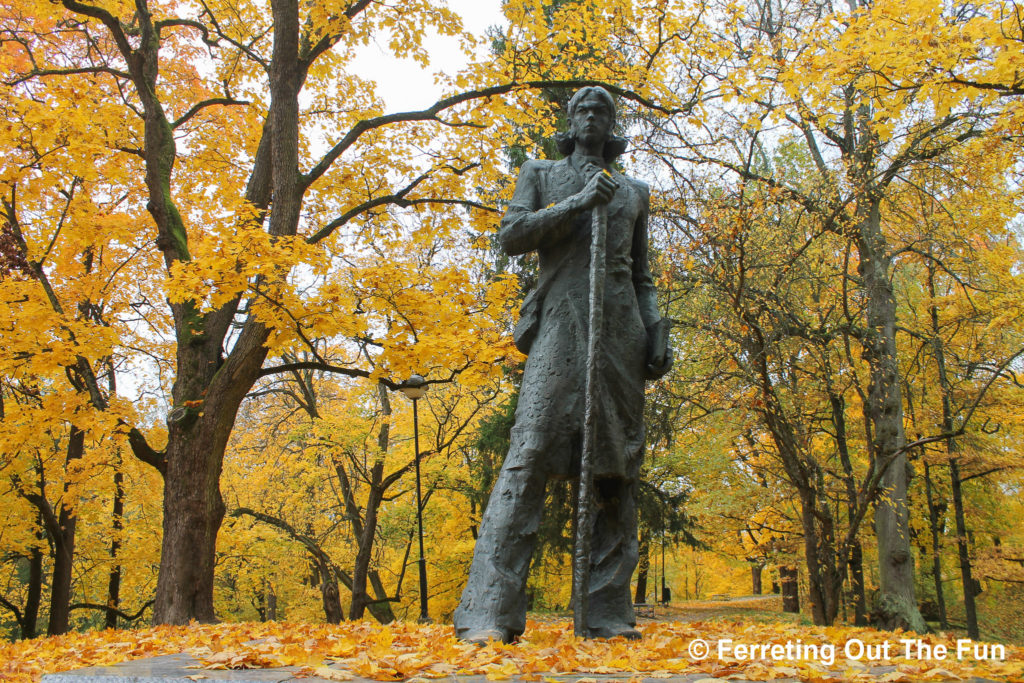
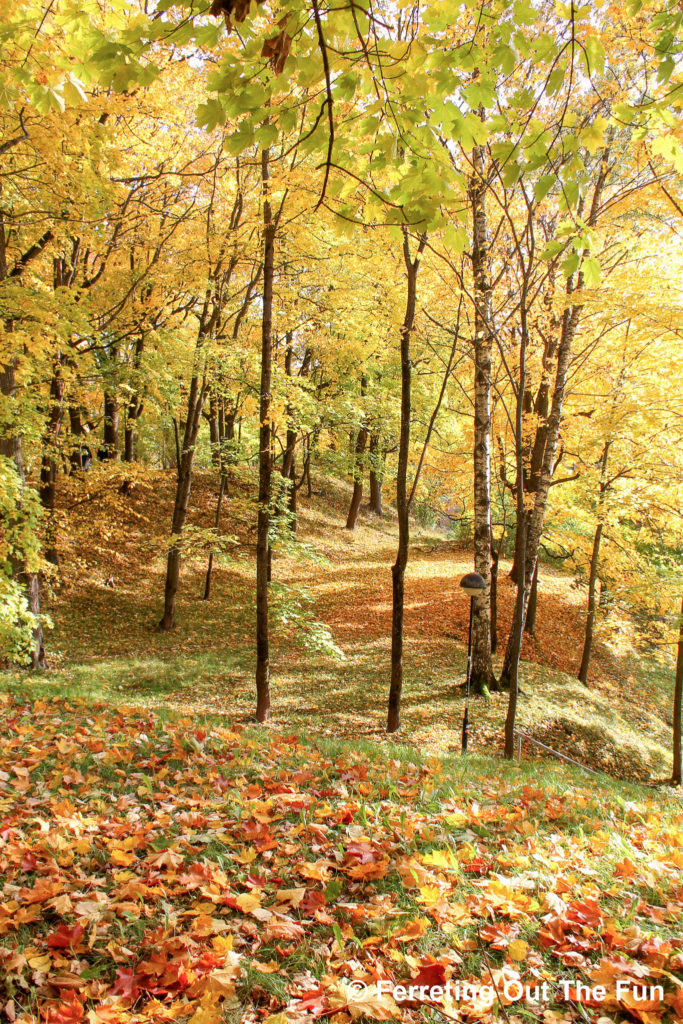
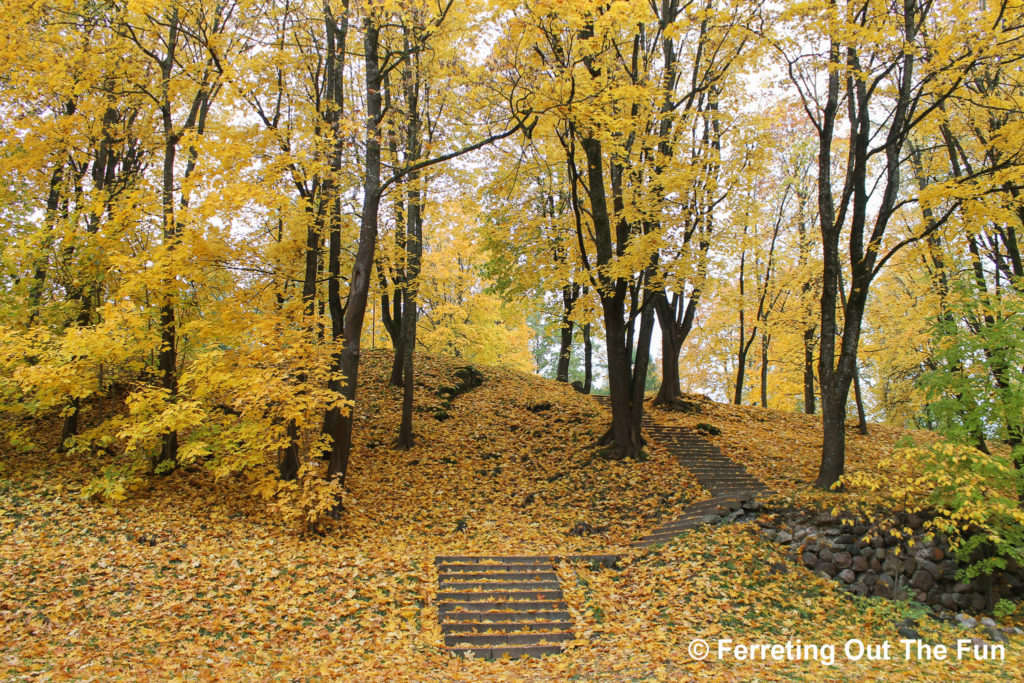
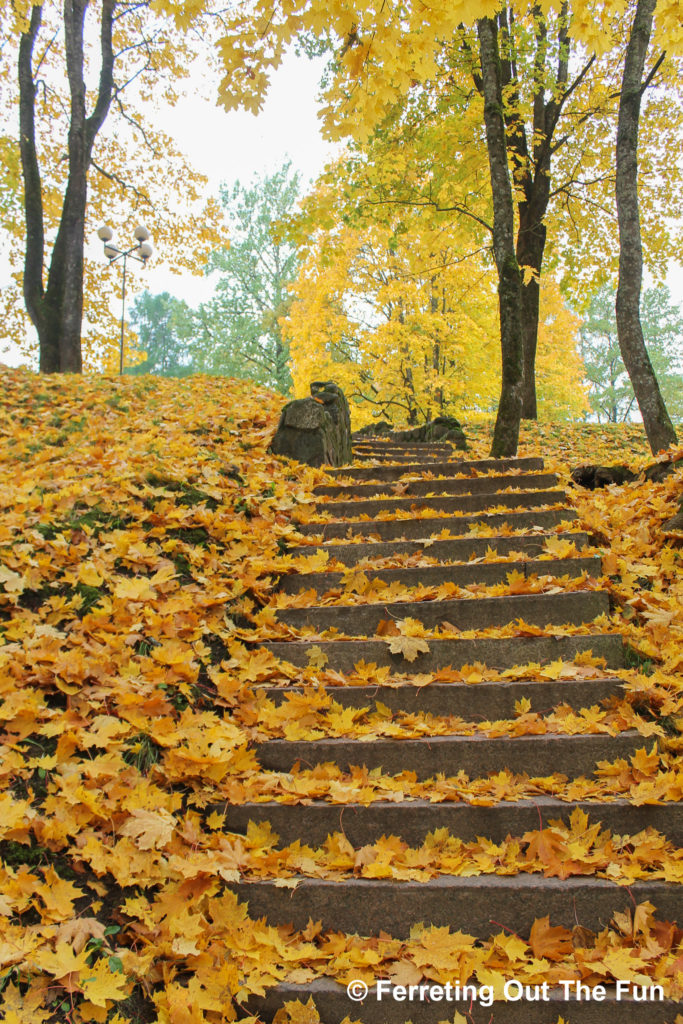
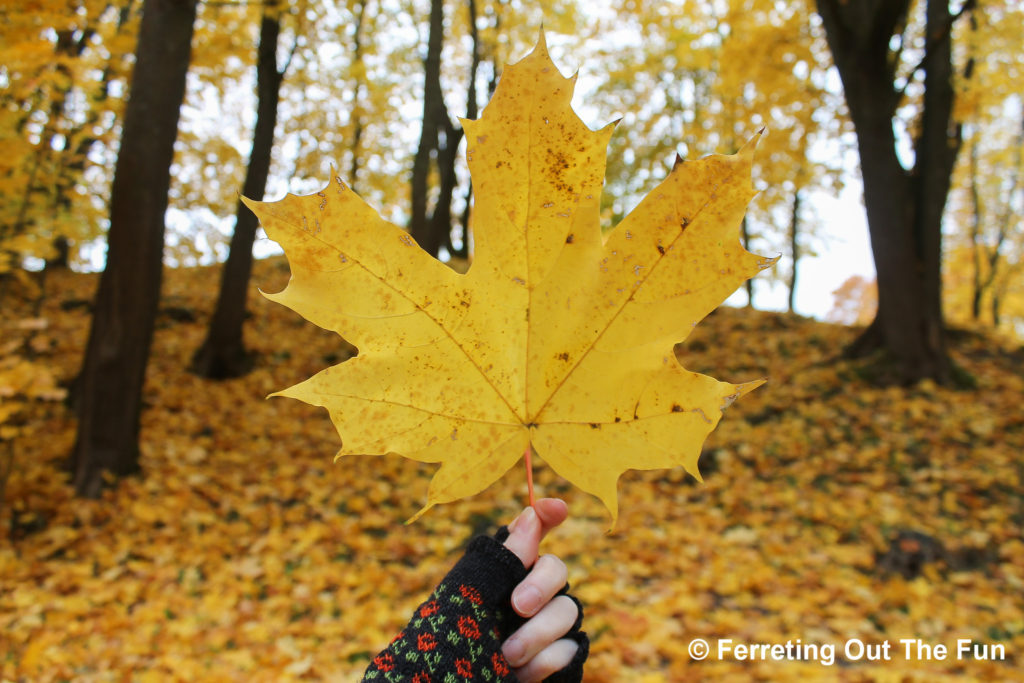
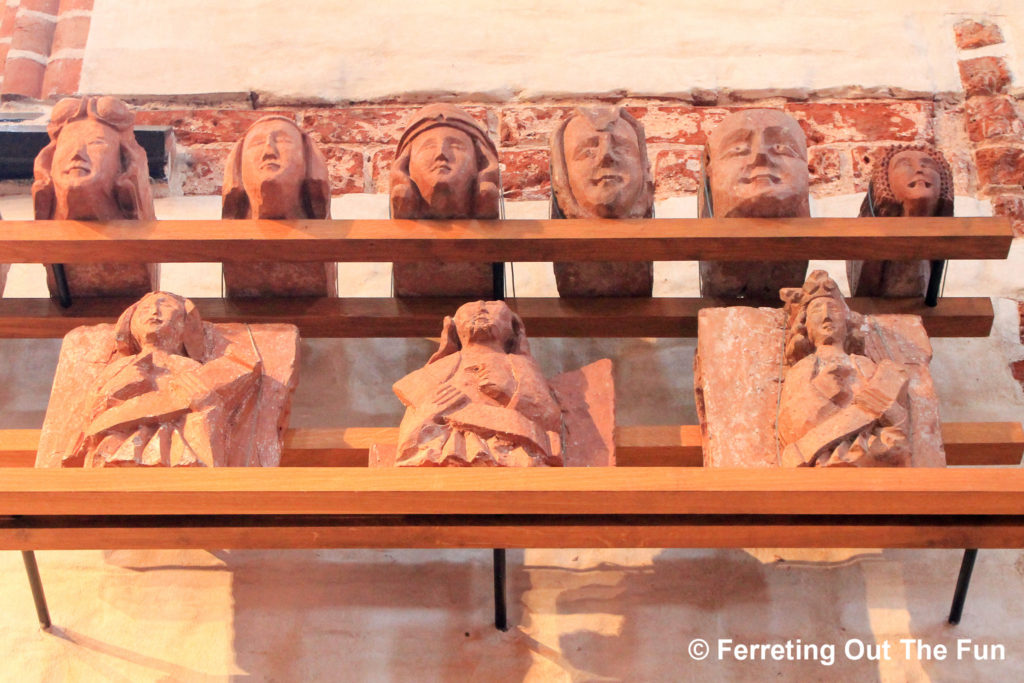
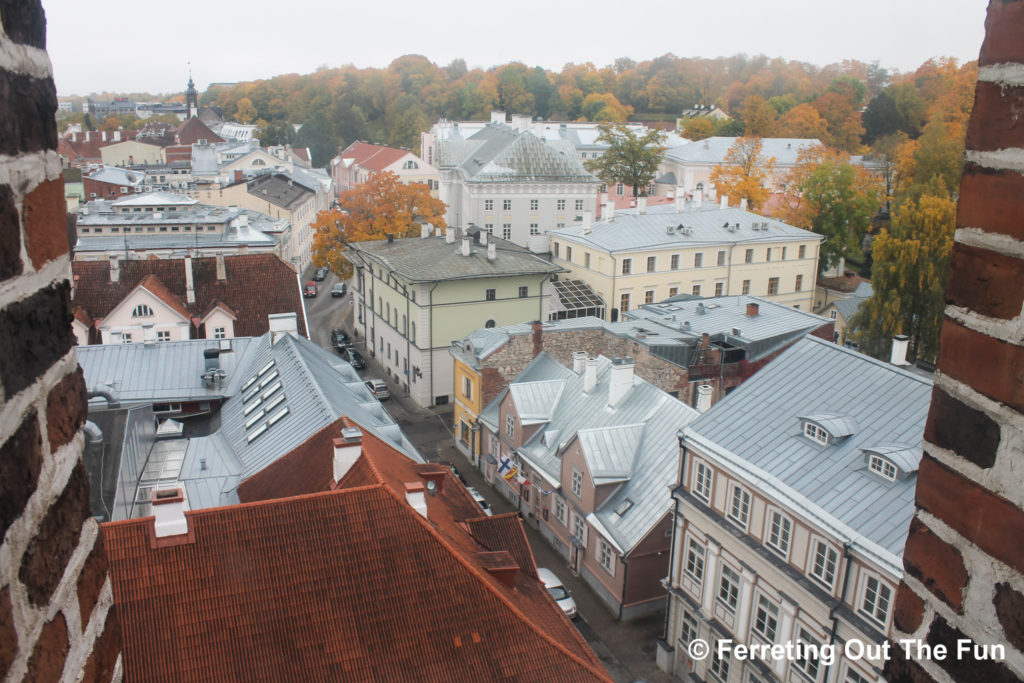
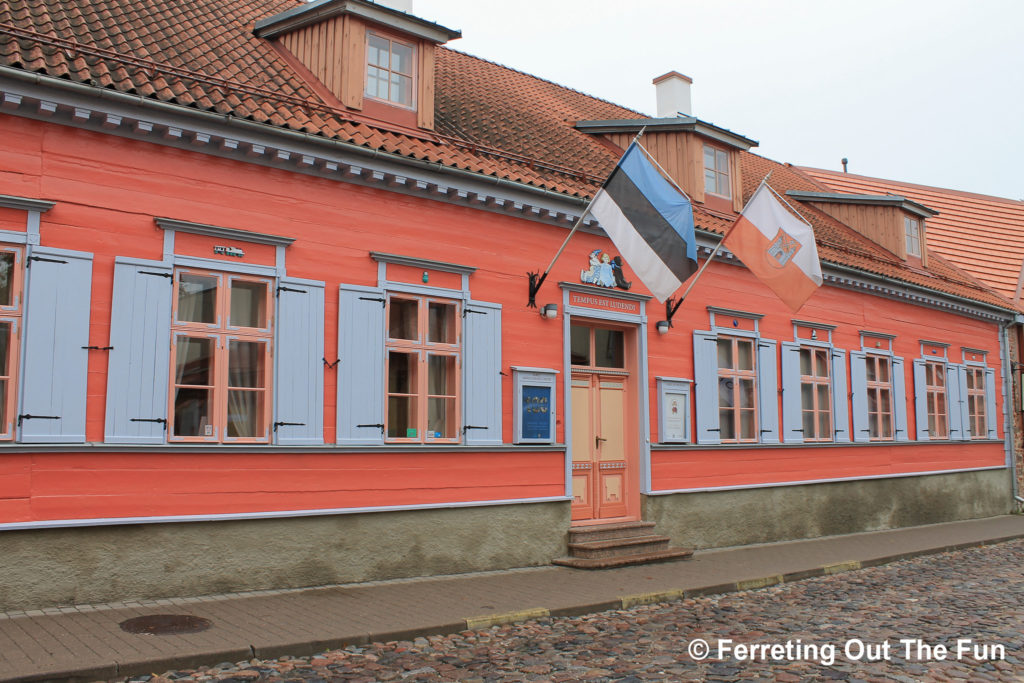
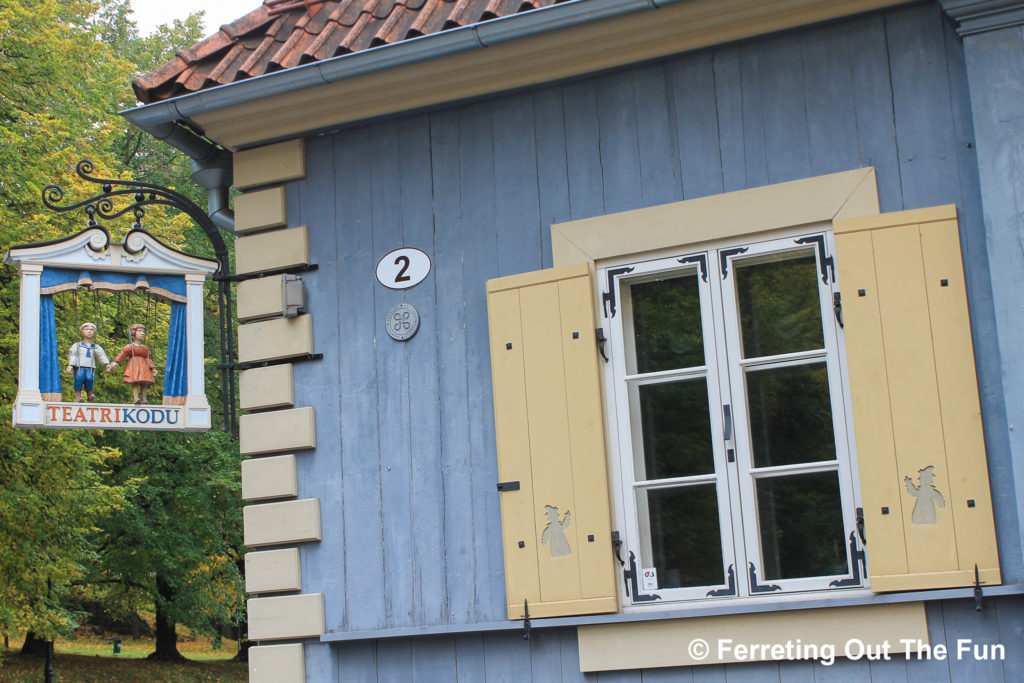
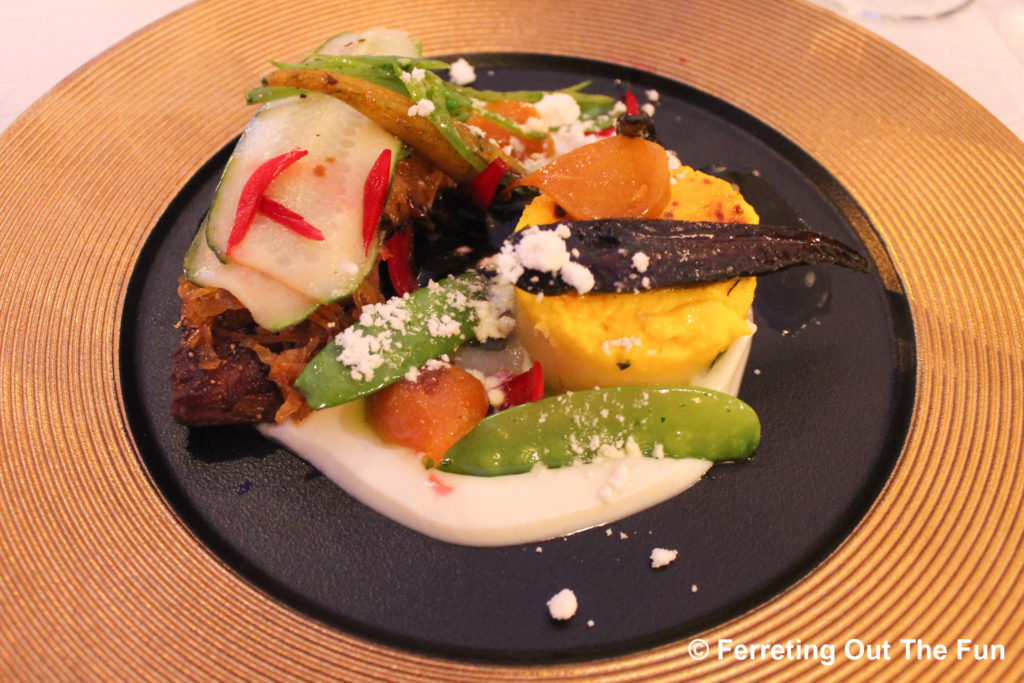
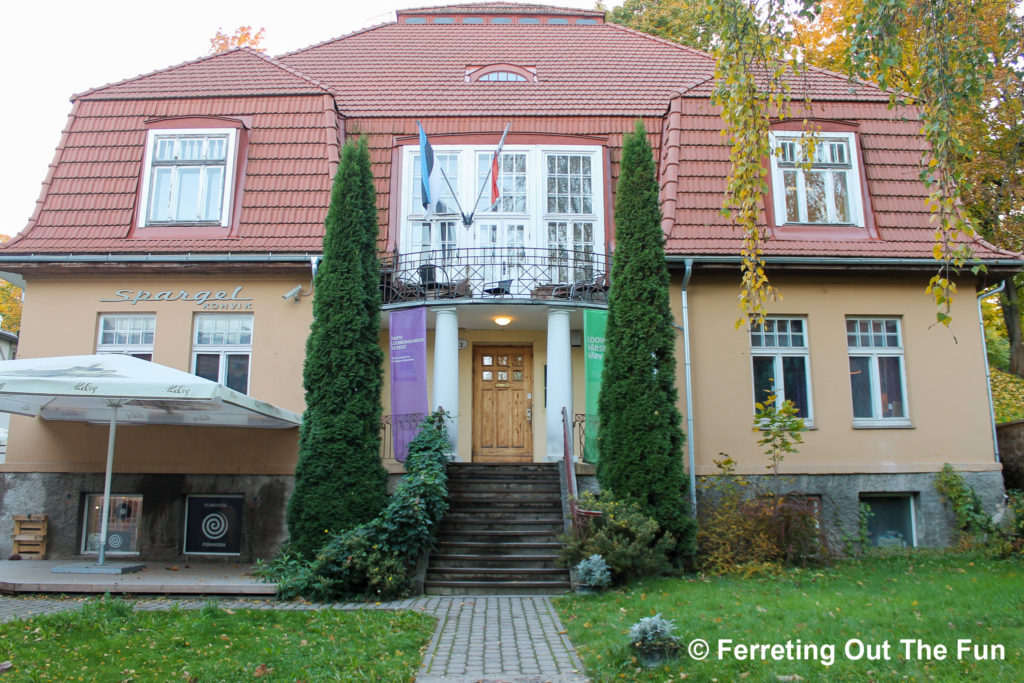
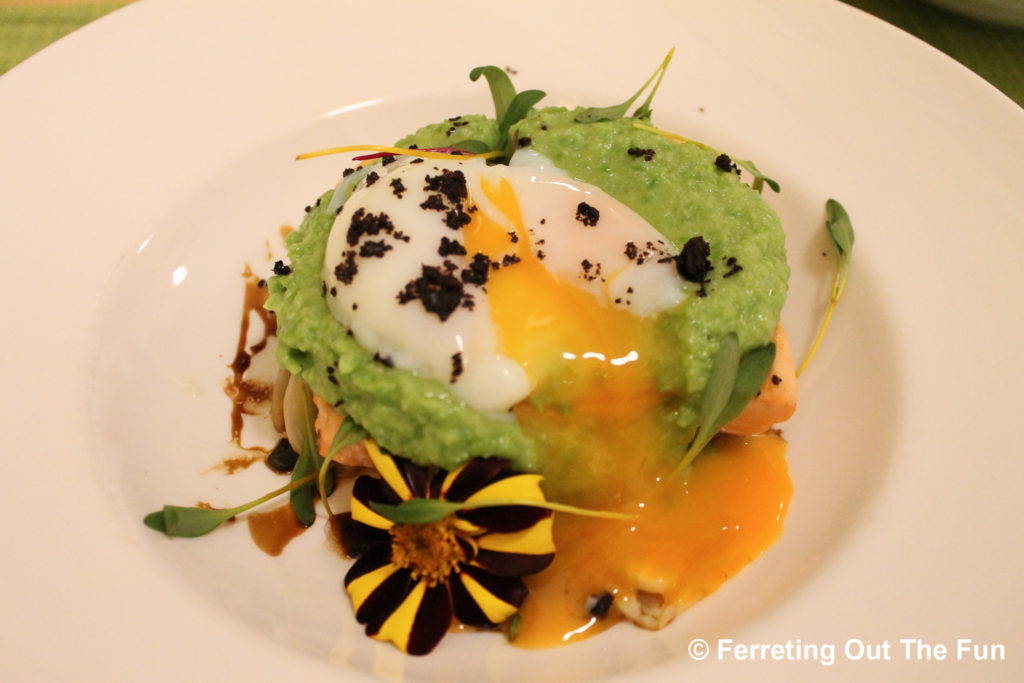
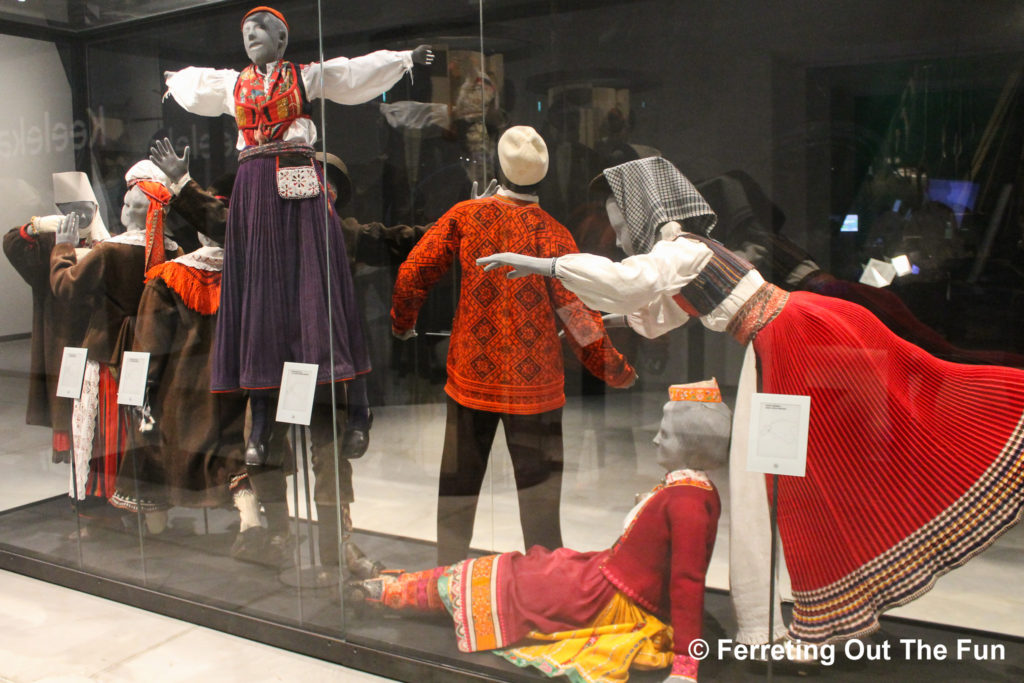
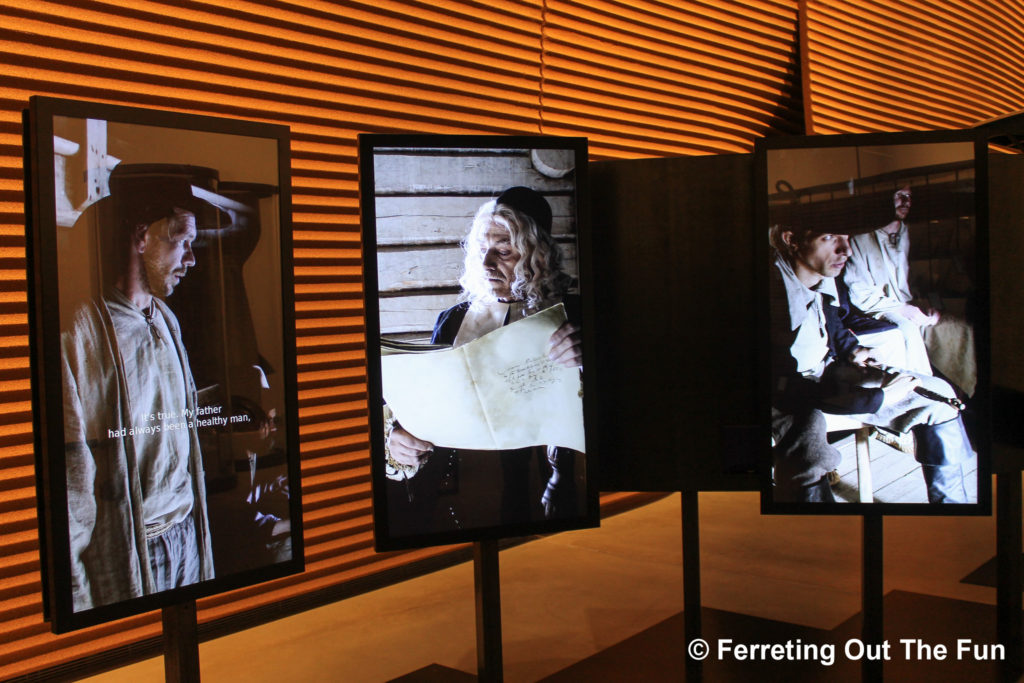
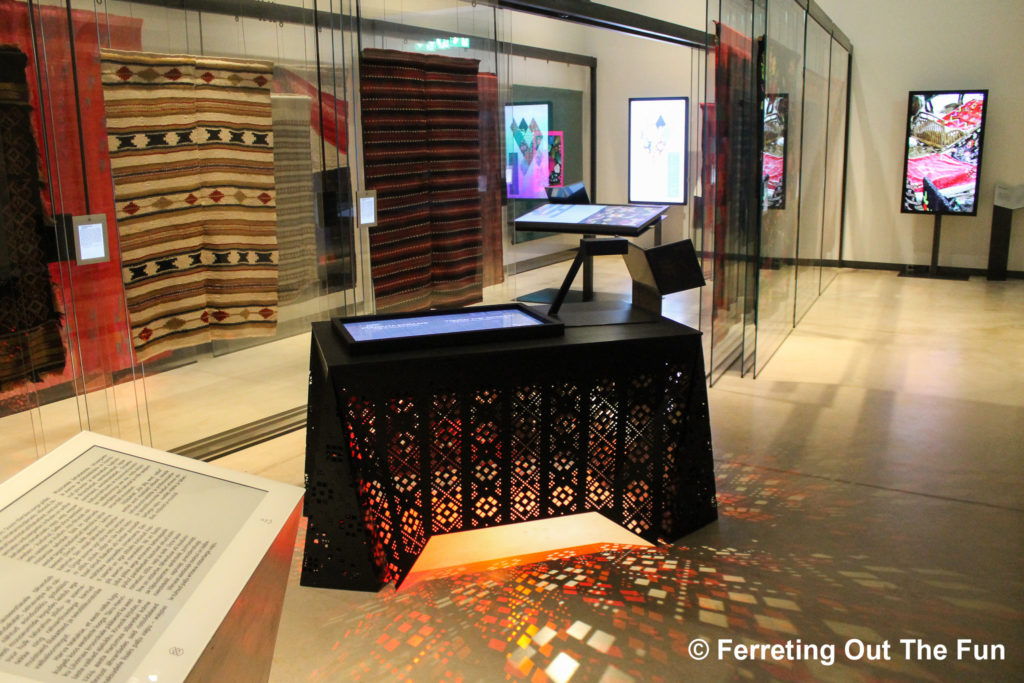
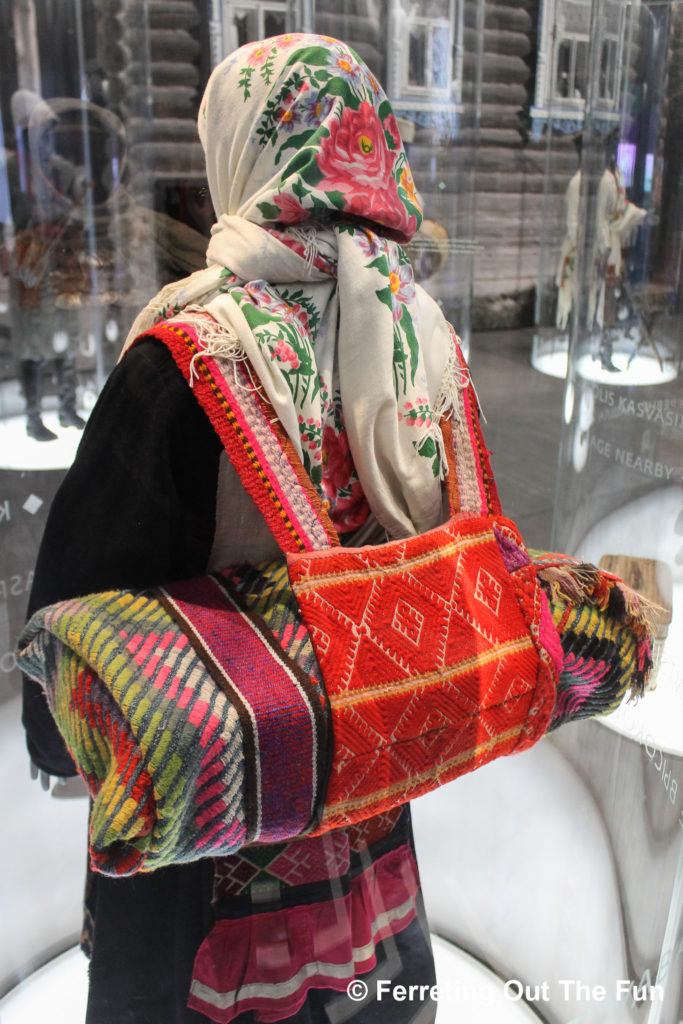
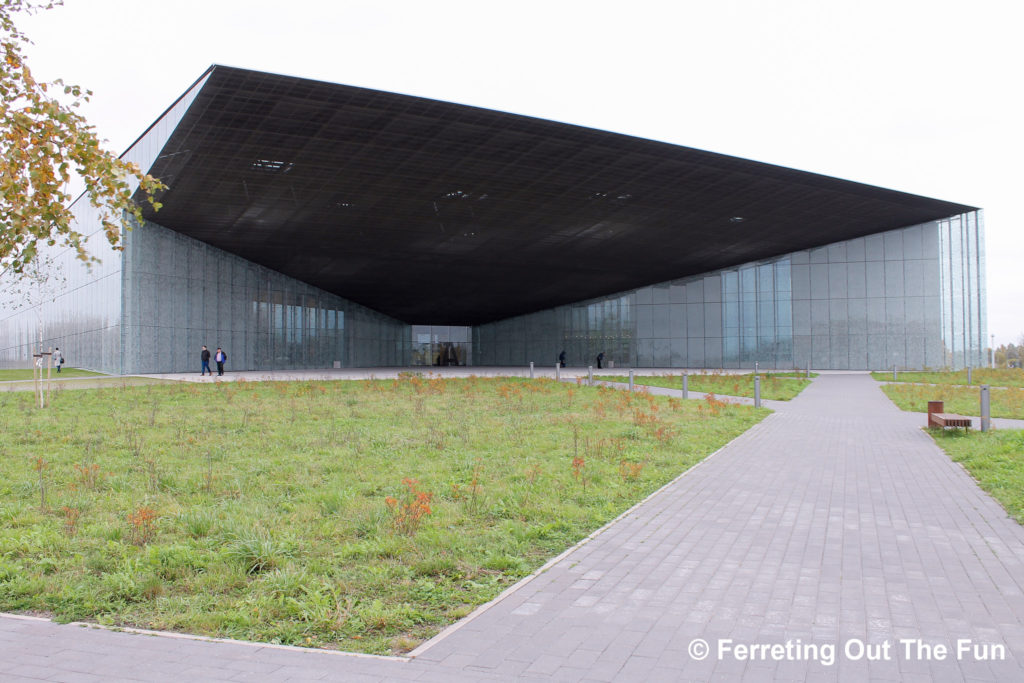
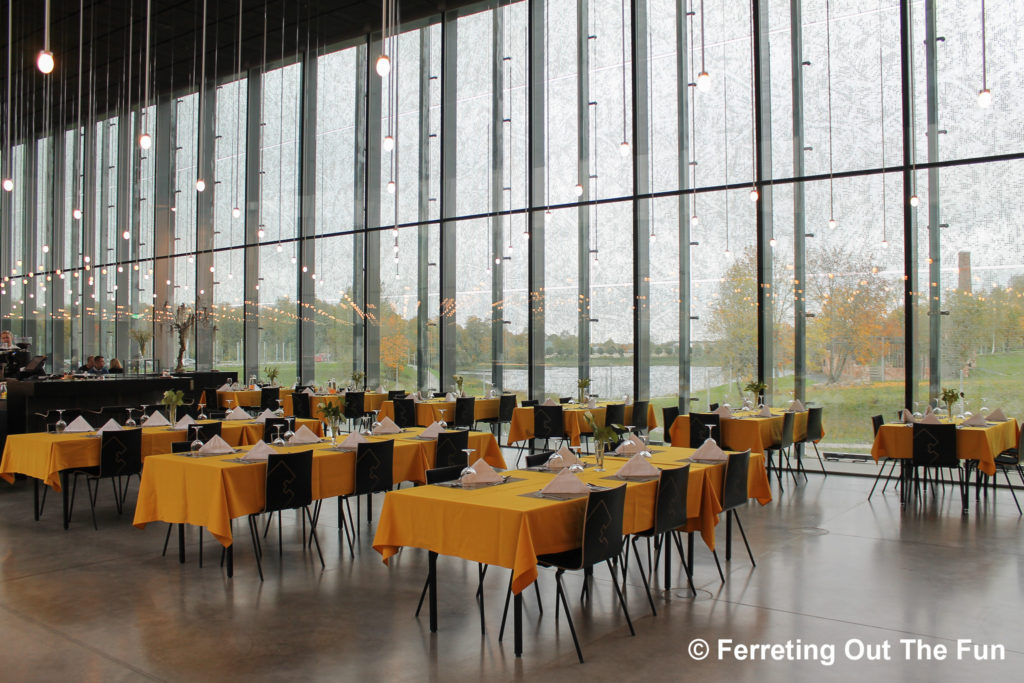
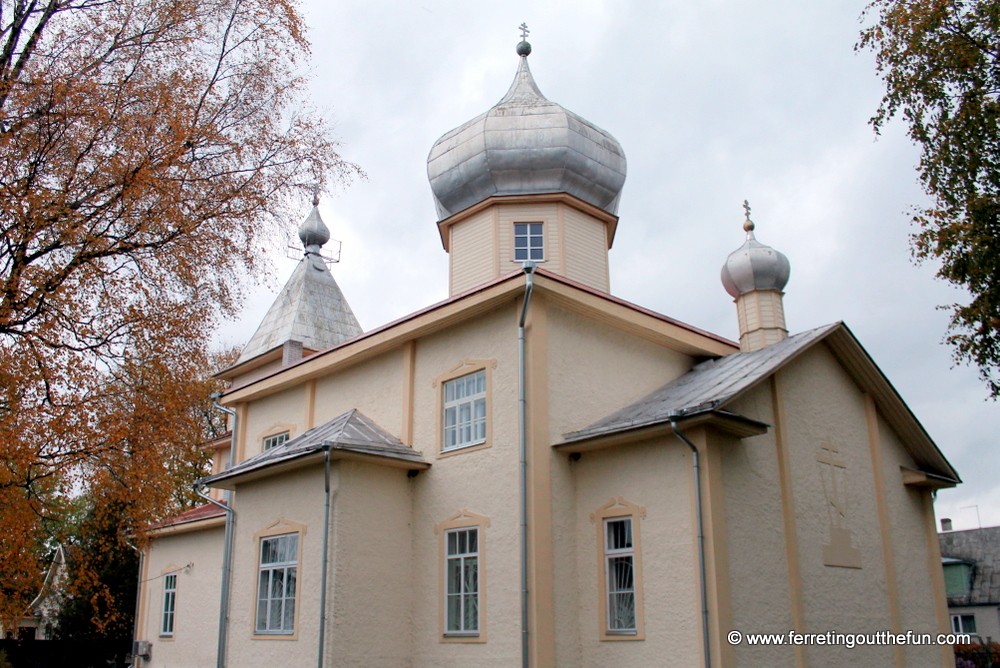
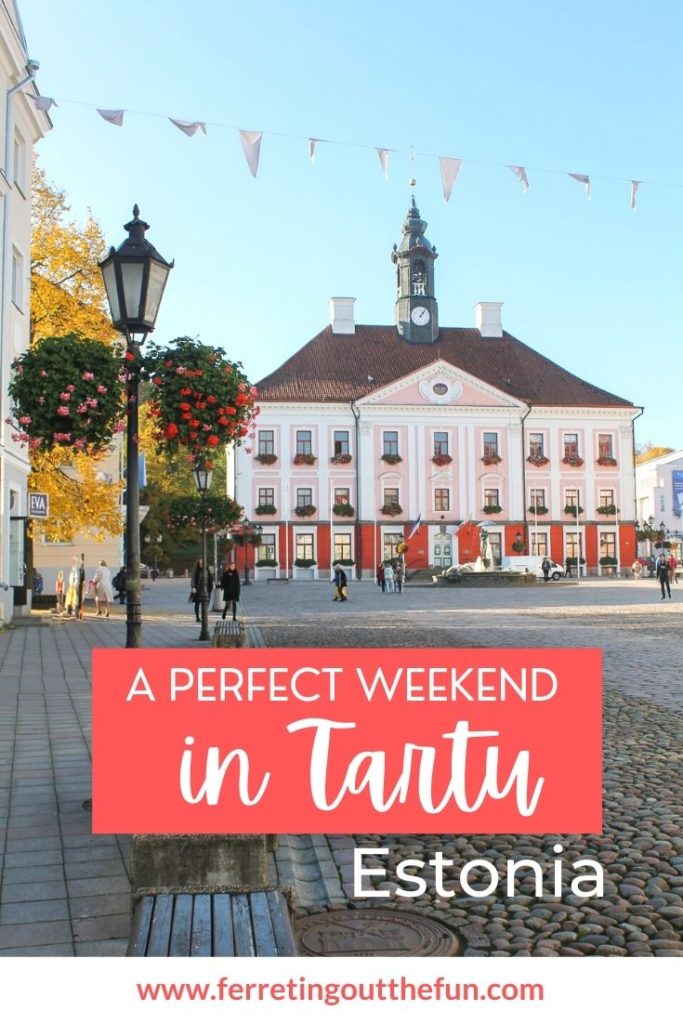
I love your blogs. You put so much information about the place in them and the pictures are fabulous. Tartu sounds wonderful. Glad you enjoyed your trip.Mom
you forgot to mention that Tartu was actually established by a russian prince and was originally called Yuriev. It was called Dorpat when it changed hands later.
Thanks Kenia, I didn’t know that! I’ll have to read more about that. So much interesting history!
I was born in Tartu and was greatly delighted to see your stunning pictures of the place. It is just as beautiful as I remember. Thank you very much!